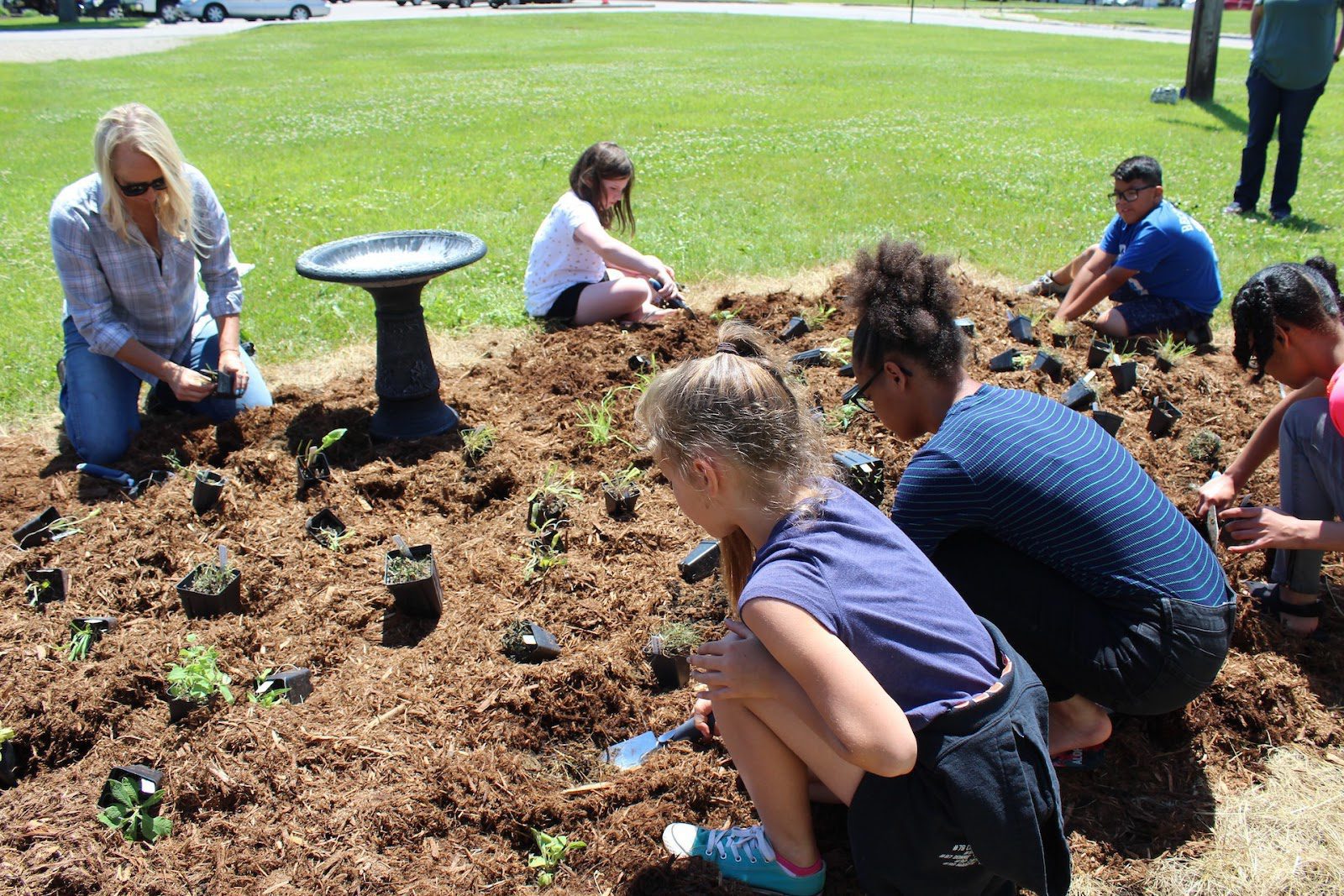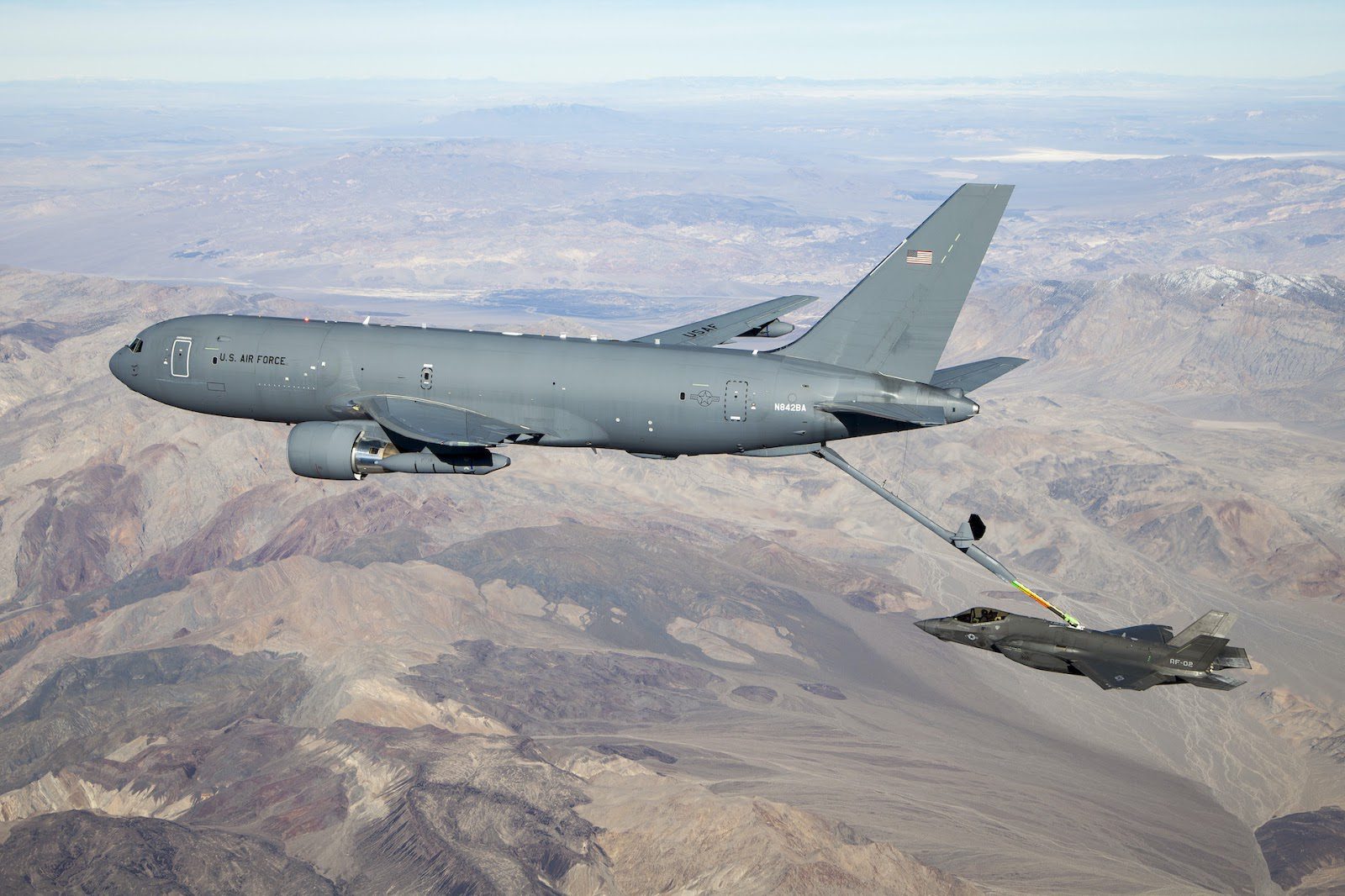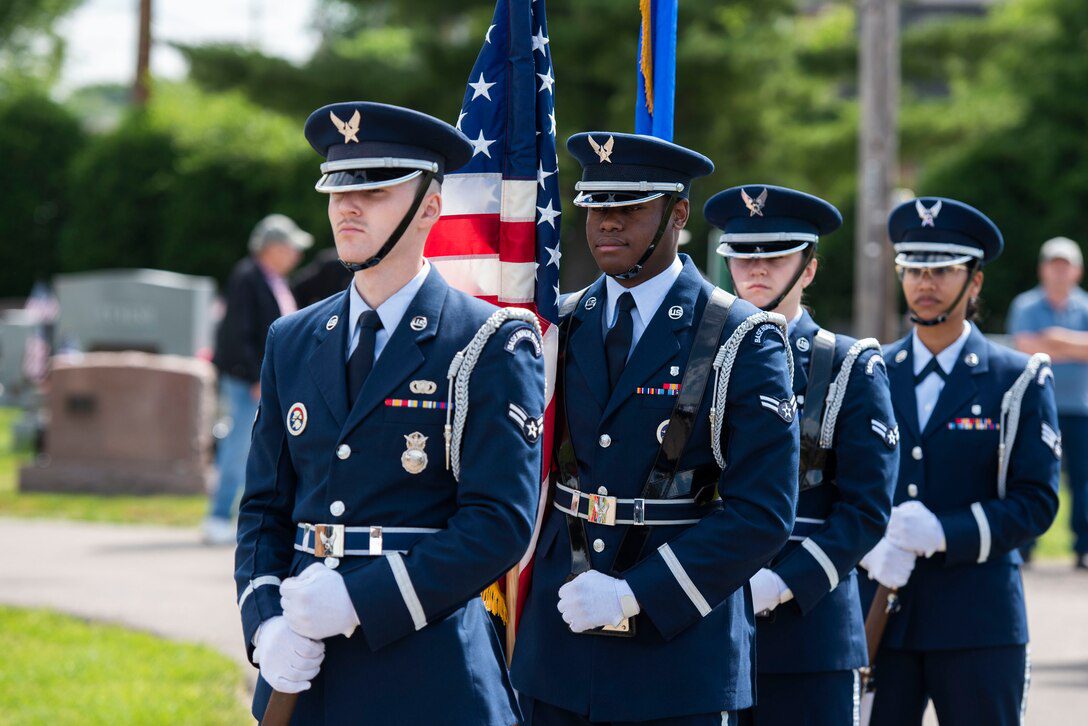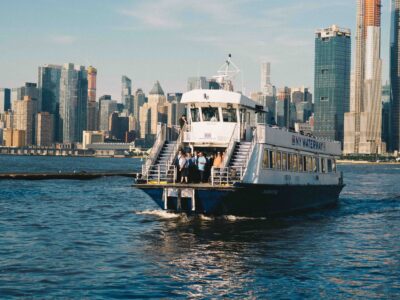This Air Force Base Has An Award-Winning Commitment To Sustainability.
It’s where the Wright Brothers built the first airplane. And it’s one of the most biologically diverse parts of the Midwest. It’s home to numerous plants and animals that inhabit its prairies and wetlands. This 8,000-acre tract in Ohio is Wright-Patterson Air Force Base, and, here, the Air Force is dedicated to preserving the animals, land, and habitat that make it a unique space. The base has more than 27,000 employees, some of which work in the 88th Civil Engineering Group Natural Resources Division, responsible for the conservation of the endangered and threatened species that call this land near Dayton home.
“Wright-Patterson is home to a myriad of flora and fauna,” explained Danielle Trevino, a biological scientist with the 88th Division. “One of the most unique aspects of our installation, in terms of biodiversity, is Huffman Prairie State Natural Landmark. This is one of the largest native prairie remnants in Ohio. In terms of biodiversity, this is an extremely important piece of land for pollinator species, birds, mammals, and native flora.”
The Huffman Prairie is one of the largest remaining stands of black soil tallgrass prairie. There, scientists like Trevino work to increase native species populations, decrease non-native ones and bring back native animals and plants that have been removed from the land. Tree plantings across Wright-Patterson are a regular event. In addition, more than 100 acres of the prairie currently hosts more than a quarter-million bees as a part of a pollinator project that made Wright-Patterson the first military installation to be designated a Bee City USA.

“I am extremely proud of our pollinator program,” Trevino added. “Much of our food supply is dependent upon pollinators, and pollinators are an indicator of the overall health of an ecosystem. It makes sense for us to do our part to protect the habitats that support pollinators. Wright-Patterson has a robust pollinator program, and many of our initiatives can be mirrored throughout the Air Force. These outreach and sustainability initiatives demonstrate the Air Force’s dedication to the environment and our commitment to being stewards of the natural resources on our installations.”
In addition to the work with the natural environment, Wright-Patterson counts numerous green buildings among its work and living spaces. Even historic quarters are renovated or dismantled in the most sustainable ways possible.
Wright-Patterson is also home to the Air Force Research Laboratory (AFRL), where researchers are making the Air Force’s best fighter jet, the F-35 Lightning II, more environmentally friendly. Recently, the team eliminated hazardous heavy metals usually used to protect the aircraft against corrosion, substituting each with a safer zinc-nickel plating alternative. The AFRL has also made significant improvements in noise reduction and lighting efficiency at bases across the United States (most recently at an F-35 production facility in Texas). Researchers are focusing on power sustainability, including the use of energy-harvesting wind turbines to cover the entire power load at the Pacific Air Forces Regional Support Center base in remote Kotzebue, Alaska, and solar power sources in California.

All of this work has paid off for the ARFL. In 2020, the Joint Program Office’s Environmental, Safety, and Occupational Health Team was recognized as a Secretary of Defense Environmental Award winner.
The base is clearly an example of environmentally-minded teams working together to create a sustainable and healthy environment for the people, plants, and animals that share the land. Their work stretches far beyond the Ohio prairie.
“Conservation work is only successful when we work together and collaborate,” Trevino said. “We are extremely fortunate to have so much support and so many strong partnerships on and off the installation. I believe our relationships and participation in such programs truly does set an example for other military bases. It is great to see these natural settings offer a peaceful place for our airmen and general workforce to enjoy nature. The work we are doing today is protecting the biodiversity of the installation and will be enjoyed by many generations to come.”





